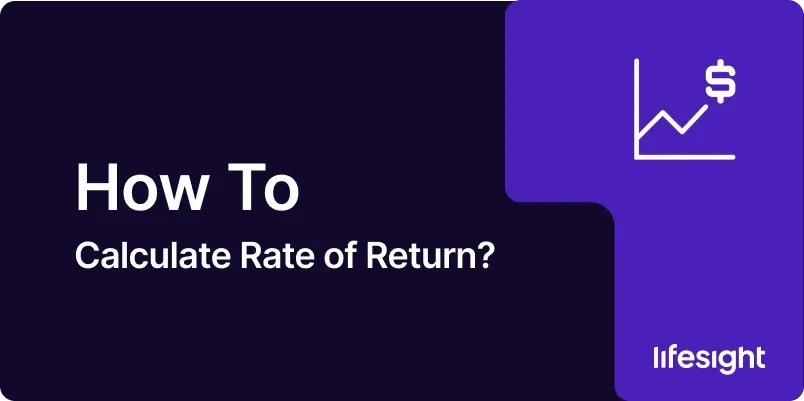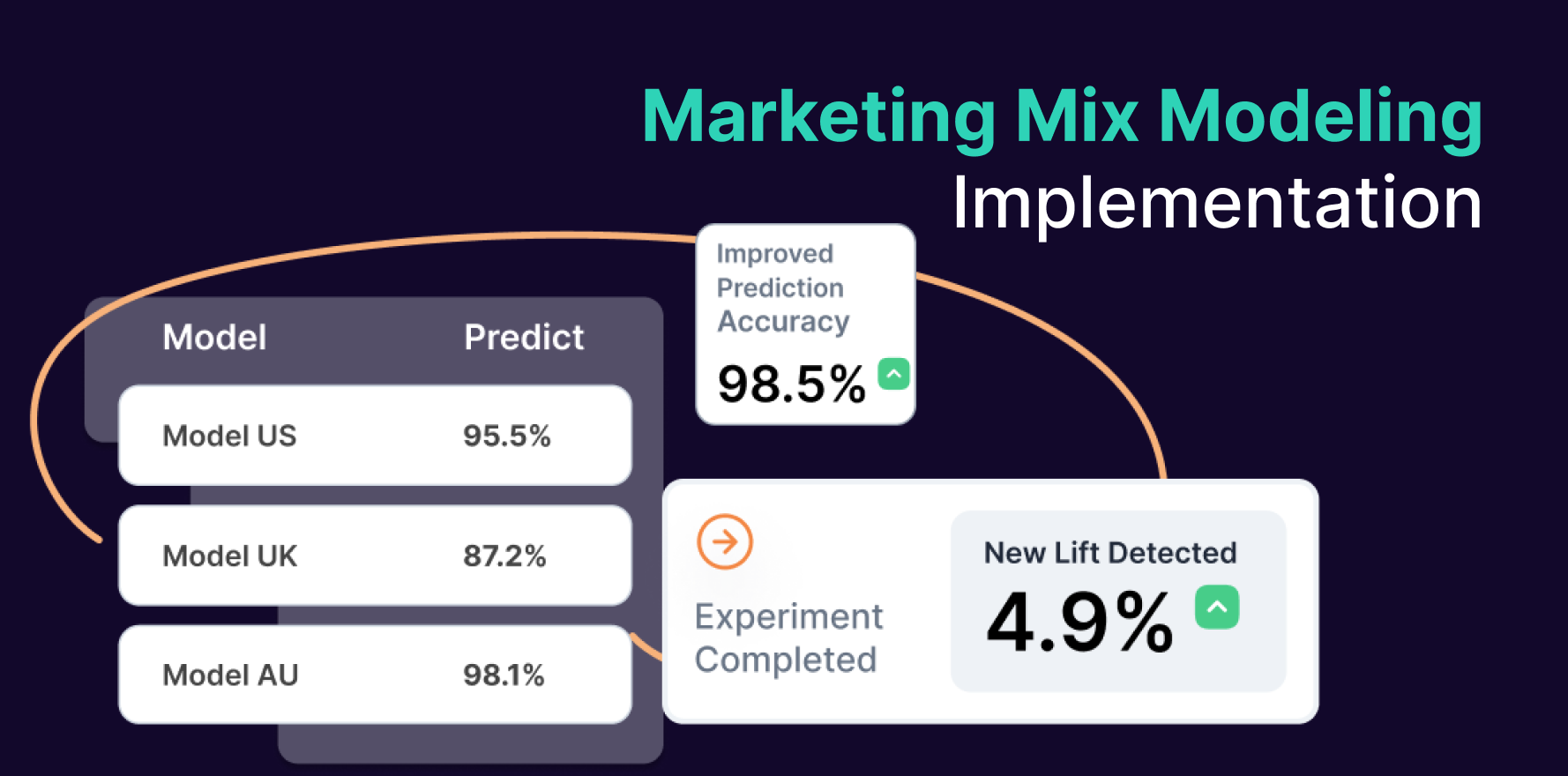
Short Description
Rate of Return (RoR) is a financial metric that measures the profitability of an investment over a specific period. It expresses the gain or loss on an investment as a percentage of its initial cost, providing investors with a standardized method to compare different investment opportunities.
Introduction
In the complex world of finance and investment, the ability to accurately measure and compare the performance of different investments is crucial. This is where the Rate of Return (RoR) comes into play. Whether you’re a seasoned investor, a financial analyst, or someone just starting to explore investment options, understanding how to calculate and interpret the Rate of Return is essential. This guide will walk you through the intricacies of RoR, from its basic calculation to its strategic implications and limitations.
Definitions of Key Terms
Before we delve into the calculation of Rate of Return, let’s define some key terms:
- Rate of Return (RoR): The net gain or loss of an investment over a specified time period, expressed as a percentage of the initial investment cost.
- Initial Investment: The amount of money or capital used to purchase an asset or make an investment.
- Final Value: The worth of an investment at the end of the investment period, including any income generated.
- Capital Gain: The profit earned when an asset is sold for a higher price than its purchase price.
- Dividend: A distribution of a company’s earnings to its shareholders.
- Annualized Rate of Return: The rate of return expressed on an annual basis, useful for comparing investments with different time horizons.
- Compound Annual Growth Rate (CAGR): The rate of return that would be required for an investment to grow from its beginning balance to its ending balance, assuming the profits were reinvested at the end of each period.
- Nominal Rate of Return: The rate of return before adjusting for inflation.
- Real Rate of Return: The rate of return after adjusting for inflation.
- Total Return: The actual rate of return of an investment or a pool of investments over a given evaluation period, including interest, capital gains, dividends, and distributions realized.
The Formula to Calculate Rate of Return
The basic formula for calculating Rate of Return is:
Rate of Return = ((Final Value – Initial Investment) / Initial Investment) x 100%
For investments that generate income (like dividends), the formula becomes:
Rate of Return = ((Final Value – Initial Investment + Income) / Initial Investment) x 100%
Step-by-Step Guide to Calculating Rate of Return
- Determine Your Initial Investment: This is the amount you originally invested.
- Calculate the Final Value: This is what your investment is worth at the end of the period you’re measuring.
- Account for Any Income: If your investment generated any income (like dividends), add this to the final value.
- Subtract Initial Investment from Final Value: This gives you the net gain or loss.
- Divide by Initial Investment: This normalizes the gain or loss relative to the initial investment.
- Multiply by 100: Convert the result to a percentage.
Example Illustrating the Rate of Return Formula
Let’s walk through a practical example to illustrate how to calculate Rate of Return:
Suppose you invested $10,000 in a stock. After one year, the stock is worth $11,200, and you received $300 in dividends.
Applying the Rate of Return formula:
RoR = ((Final Value – Initial Investment + Income) / Initial Investment) x 100% = (($11,200 – $10,000 + $300) / $10,000) x 100% = ($1,500 / $10,000) x 100% = 0.15 x 100% = 15%
This means your investment earned a 15% return over the year.
What Rate of Return is Used For and Why It’s Important
Rate of Return is a crucial metric for several reasons:
- Performance Evaluation: It helps assess how well an investment has performed over a specific period.
- Investment Comparison: RoR provides a standardized way to compare different investment opportunities.
- Decision Making: It aids in making informed decisions about whether to buy, hold, or sell an investment.
- Goal Setting: Investors can use RoR to set realistic investment goals and track progress towards them.
- Risk Assessment: When considered alongside other metrics, RoR can help in assessing the risk-reward profile of an investment.
- Portfolio Management: It helps in evaluating the performance of individual investments within a portfolio.
- Benchmarking: RoR allows for comparison against market indices or other benchmarks.
Where Rate of Return Calculation is Applied
Rate of Return calculations are applied across various financial contexts:
- Stock Market Investments: Evaluating the performance of individual stocks or stock portfolios.
- Bond Investments: Assessing the return on fixed-income securities.
- Real Estate: Calculating returns on property investments.
- Mutual Funds and ETFs: Measuring fund performance.
- Business Projects: Evaluating the profitability of business initiatives or capital expenditures.
- Personal Finance: Assessing the performance of retirement accounts or personal investment portfolios.
- Venture Capital and Private Equity: Evaluating the performance of private company investments.
- Cryptocurrency: Measuring returns on digital currency investments.
- Commodities: Assessing returns on investments in gold, oil, or other commodities.
- Education: Evaluating the financial return on investment in higher education or professional certifications.
Limitations of Rate of Return
While Rate of Return is a valuable metric, it has several limitations:
- Doesn’t Account for Risk: A high RoR doesn’t necessarily mean a good investment if it comes with excessive risk.
- Time Sensitivity: RoR can vary significantly depending on the specific time period measured.
- Doesn’t Consider Investment Size: It doesn’t differentiate between investments of different sizes.
- Ignores Liquidity: RoR doesn’t account for how easily an investment can be converted to cash.
- Doesn’t Account for Interim Cash Flows: Simple RoR calculations may not accurately reflect investments with multiple cash inflows or outflows.
- Inflation Impact: Nominal RoR doesn’t account for the effects of inflation on purchasing power.
- Tax Considerations: RoR typically doesn’t account for the impact of taxes, which can significantly affect real returns.
- Assumes Reinvestment: Some RoR calculations assume that all returns are reinvested, which may not always be the case.
- Difficulty with Irregular Investments: It can be challenging to calculate RoR for investments with irregular contribution patterns.
- Doesn’t Reflect Investor Experience: In some cases, the calculated RoR may not reflect the actual returns experienced by investors due to factors like timing of investments.
Factors Impacting Rate of Return
Several factors can significantly impact the Rate of Return:
- Market Conditions: Overall economic health and market trends can affect returns.
- Company Performance: For stocks, the financial health and growth of the company influence returns.
- Interest Rates: Changes in interest rates can impact returns, especially for fixed-income investments.
- Inflation: High inflation can erode real returns.
- Dividends and Distributions: For some investments, a significant portion of returns may come from dividends or distributions.
- Fees and Expenses: Investment costs can significantly impact net returns.
- Time Horizon: The length of the investment period can greatly affect annualized returns.
- Reinvestment Rate: The rate at which returns can be reinvested affects compound growth.
- Taxes: Tax implications can significantly impact the after-tax rate of return.
- Currency Exchange Rates: For international investments, currency fluctuations can impact returns.
Other Strategies for Assessment
While Rate of Return is crucial, it should be used alongside other metrics for a comprehensive assessment:
- Sharpe Ratio: Measures risk-adjusted performance.
- Alpha: Indicates excess return of an investment relative to the return of a benchmark index.
- Beta: Measures the volatility of an investment in relation to the overall market.
- Standard Deviation: Measures the dispersion of returns, indicating volatility.
- Treynor Ratio: Measures returns earned in excess of that which could have been earned on a riskless investment per each unit of market risk.
- Maximum Drawdown: The largest peak-to-trough decline over a specified time period.
- Information Ratio: Measures portfolio returns beyond the returns of a benchmark, compared to the volatility of those returns.
- Sortino Ratio: Similar to the Sharpe ratio, but only factors in downside risk.
- Upside/Downside Capture Ratio: Measures how well a fund or investment performs relative to a benchmark during periods of market strength and weakness.
- Internal Rate of Return (IRR): Useful for investments with multiple or irregular cash flows.
The Relationship Between Rate of Return and Other Metrics
Understanding how Rate of Return relates to other metrics provides a more comprehensive view of investment performance:
- RoR and Risk: Higher returns often come with higher risk, necessitating risk-adjusted return measures.
- RoR and Volatility: Investments with similar RoR may have very different volatility profiles.
- RoR and Time Horizon: Short-term and long-term RoR can vary significantly for the same investment.
- RoR and Compound Annual Growth Rate (CAGR): CAGR provides a smoothed rate of return that can be more useful for multi-year periods.
- RoR and Yield: For income-generating investments, yield is often a component of total return.
- RoR and Inflation: Real RoR accounts for inflation, providing a more accurate picture of purchasing power growth.
- RoR and Benchmark Performance: Excess return compares an investment’s RoR to that of a relevant benchmark.
Benefits of Calculating Rate of Return
Regularly calculating and analyzing Rate of Return offers numerous benefits:
- Performance Evaluation: Provides a clear metric for assessing investment performance.
- Informed Decision Making: Helps in making data-driven investment decisions.
- Goal Tracking: Allows investors to track progress towards financial goals.
- Portfolio Optimization: Assists in identifying which investments are driving portfolio performance.
- Risk Management: When combined with risk metrics, helps in managing the risk-return tradeoff.
- Benchmarking: Enables comparison with market indices or other relevant benchmarks.
- Communication Tool: Provides a standardized way to communicate investment performance to stakeholders.
- Strategy Validation: Helps in validating or refining investment strategies.
- Motivation: Can serve as a motivational tool for investors by quantifying progress.
- Financial Planning: Assists in long-term financial planning by providing realistic return expectations.
Conclusion
Rate of Return is a fundamental metric in the world of finance and investment, providing crucial insights into investment performance. By mastering the calculation and interpretation of Rate of Return, investors and financial professionals can make more informed decisions, set realistic goals, and effectively evaluate investment opportunities.
However, it’s important to remember that while Rate of Return is valuable, it should not be used in isolation. Combining RoR analysis with other performance and risk metrics, considering its limitations, and placing it in the broader context of investment goals and market conditions will provide a more comprehensive view of investment performance and potential.
As financial markets continue to evolve and new investment opportunities emerge, so too will the strategies for calculating and interpreting returns. Staying informed about new methodologies, changing market dynamics, and emerging best practices will be crucial for maintaining a competitive edge in the investment landscape.
By regularly calculating, analyzing, and acting on Rate of Return data, investors can ensure they’re making progress towards their financial goals, optimizing their portfolios, and building a foundation for long-term financial success in an ever-changing financial world.
Free essential resources for success
Discover more from Lifesight















